
David Luebke
Vice President of Graphics Research
NVIDIA Corporation
Fellow of the IEEE
NVIDIA Distinguished Inventor
IEEE VR Technical Achievement Award

|
David Luebke Vice President of Graphics Research NVIDIA Corporation Fellow of the IEEE NVIDIA Distinguished Inventor IEEE VR Technical Achievement Award |
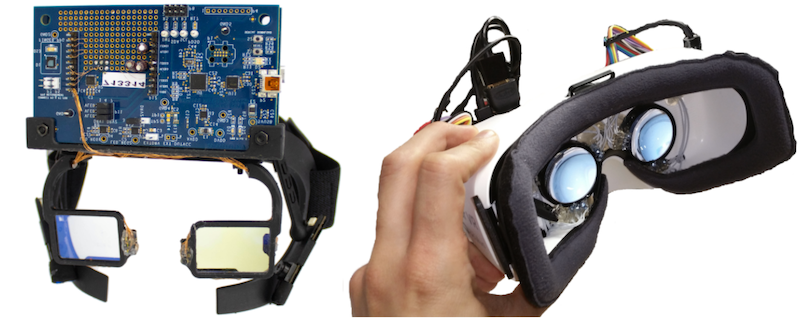
|
Optical Gaze Tracking with Spatially-Sparse Single-Pixel Detectors.
Richard Li*, Eric Whitmire*, Michael Stengel, Ben Boudaoud, Jan Kautz, David Luebke, Shwetak Patel, and Kaan Akşit.
Proceedings of the International Symposium on Mixed and Augmented Reality (ISMAR2020), (November 2020).
|
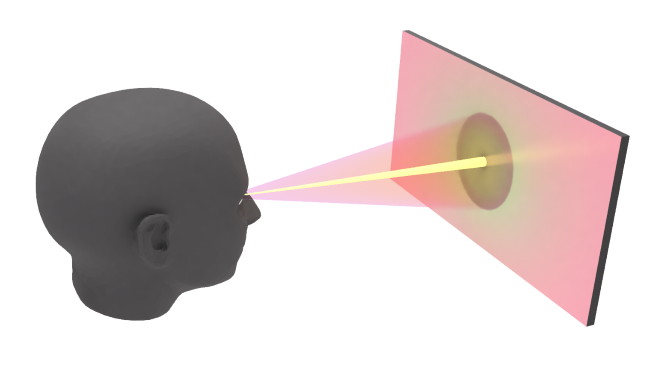
|
Toward Standardized Classification of Foveated Displays.
Josef Spjut, Ben Boudaoud, Jonghyun Kim, Trey Greer, Rachel Albert, Michael Stengel, Kaan Aksit, and David Luebke.
IEEE Transactions on Visualization and Computer Graphics (Presented at IEEE VR 2020 journal track), Atlanta, GA (March 2020).
|
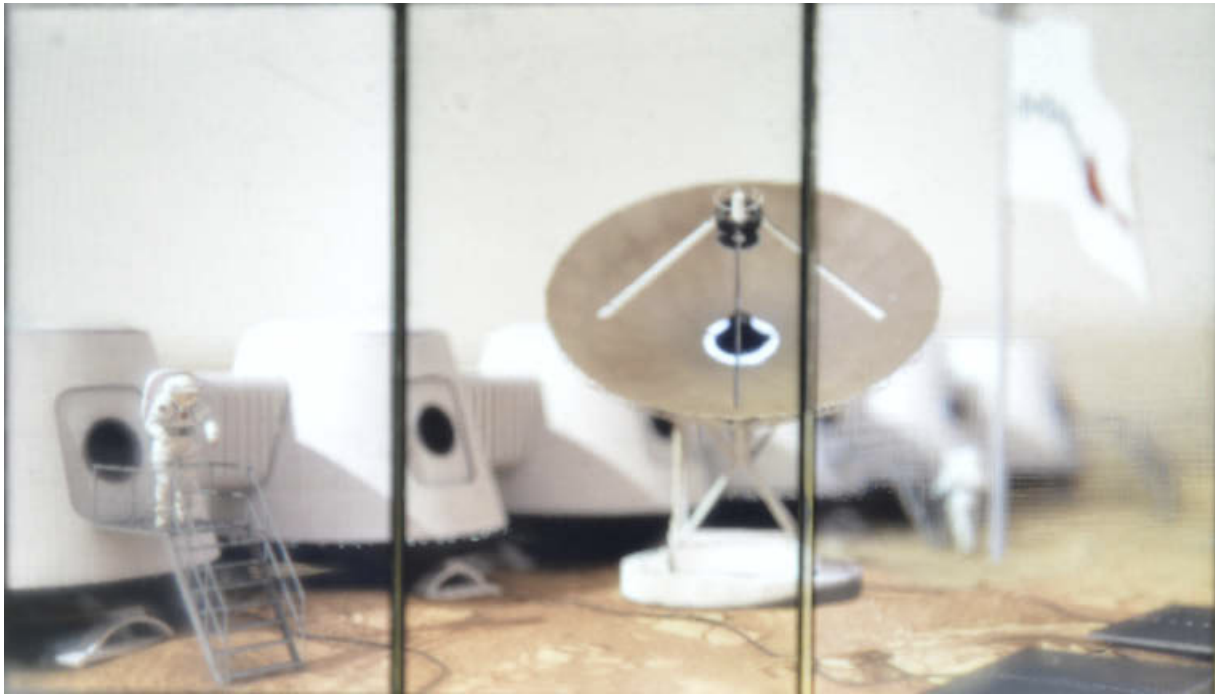
|
Eccentricity effects on blur and depth perception.
Qi Sun, Fu-Chung Huang, Li-Yi Wei, David Luebke, Arie Kaufman, and Joohwan Kim.
Optics Express, Vol. 28 No. 5 (January 2020).
|
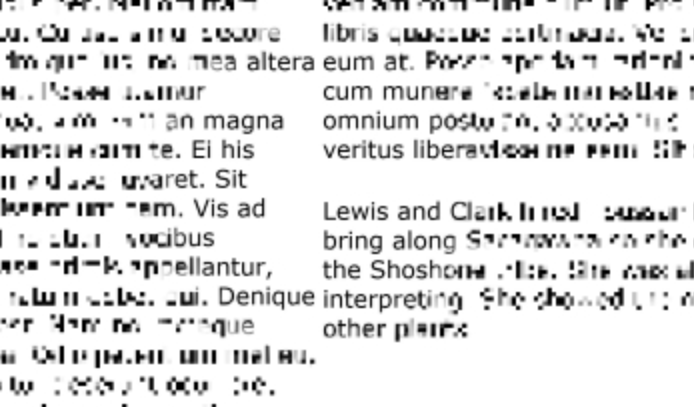
|
Reading Speed Decreases for Fast Readers Under Gaze-Contingent Rendering.
Rachel Albert, Angelica Godinez, and David Luebke.
ACM Symposium on Applied Perception (SAP '19), Barcelona, Spain (September 2019).
|
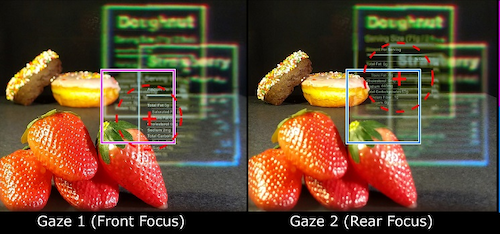
|
Foveated AR: Dynamically-Foveated Augmented Reality Display.
Jonghyun Kim, Youngmo Jeong, Michael Stengel, Kaan Akşit, Rachel Albert, Ben Boudaoud, Trey Greer, Joohwan Kim, Ward Lopes, Zander Majercik, Peter Shirley, Josef Spjut, Morgan McGuire, and David Luebke.
ACM Transactions on Graphics (Proceedings of SIGGRAPH 2019), Los Angeles, CA (July 2019).
|
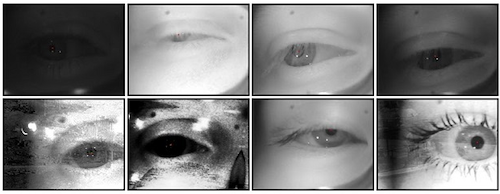
|
NVGaze: An Anatomically-Informed Dataset for Low-Latency, Near-Eye Gaze Estimation.
Joohwan Kim, Michael Stengel, Alexander Majercik, Shalini De Mello, David Dunn, Samuli Laine, Morgan McGuire, and David Luebke.
Proceedings of the 2019 CHI Conference on Human Factors in Computing Systems (CHI 2019), Glasgow, Scotland (April 2019).
|
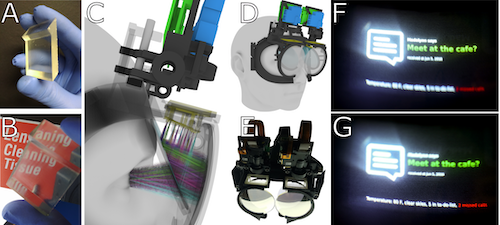
|
Manufacturing Application-Drive Foveated Near-Eye Displays.
Kaan Akşit, Praneeth Chakravarthula, Kishore Rathinavel, Youngmo Jeong, Rachel Albert, Henry Fuchs, and David Luebke.
IEEE Transactions on Visualization & Computer Graphics, 25:5 (May 2019).
|
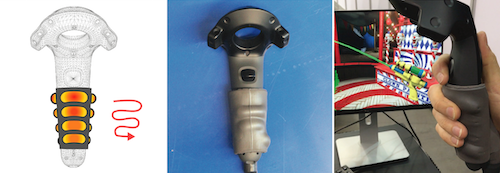
|
Fluidic Elastomer Actuators for Haptic Interactions in Virtual Reality.
Jose Barreiros, Houston Claure, Bryan Peele, Omer Shapira, Josef Spjut, David Luebke, Malte Jung, and Robert Shepherd.
IEEE Robotics and Automation Letters 4:2 (December 2018).
|
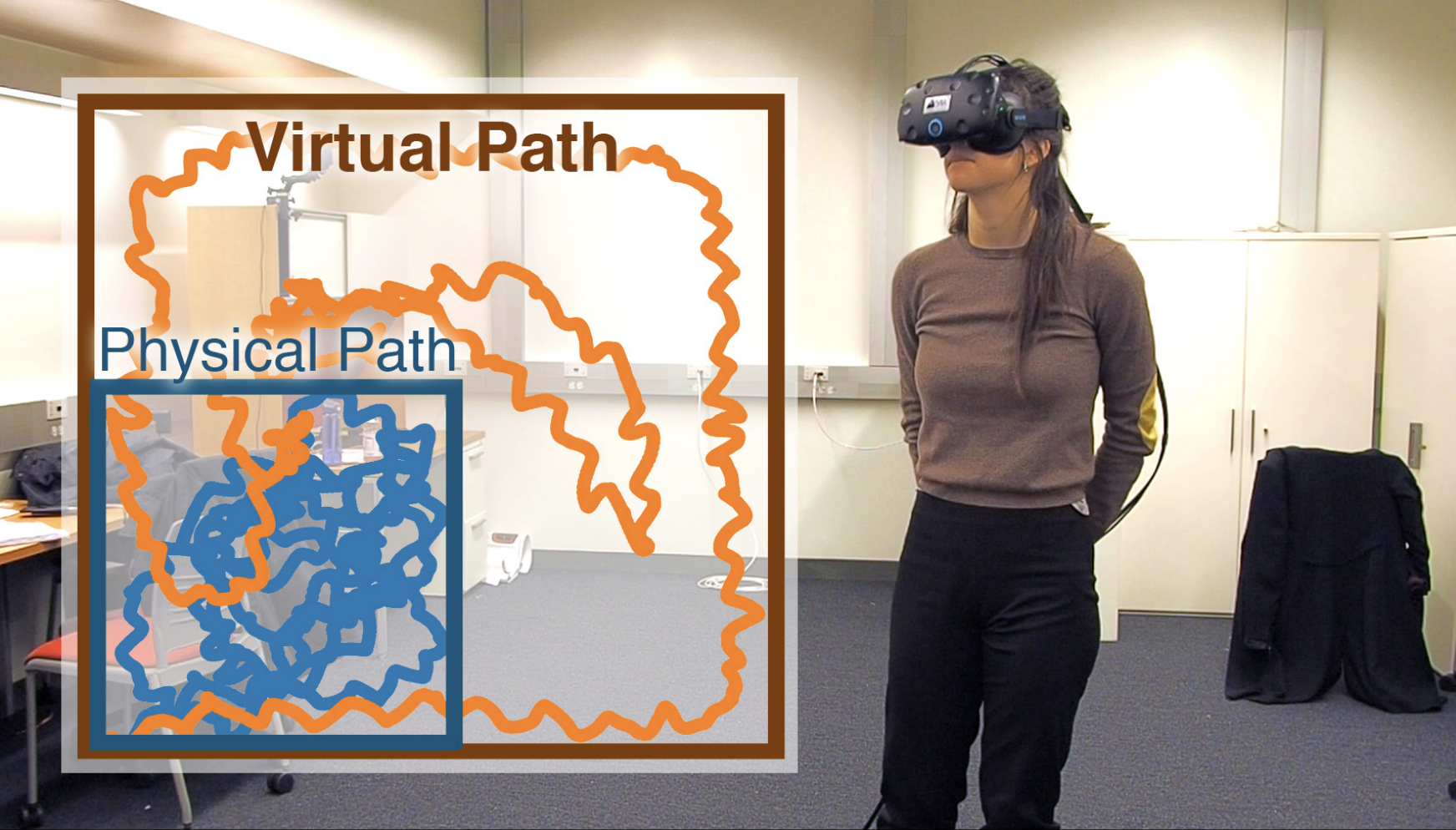
|
Towards Virtual Reality Infinite Walking: Dynamic Saccadic Redirection.
Qi Sun, Anjul Patney, Omer Shapira, Jingwan Lu, Paul Asente, Suwen Zhu, Morgan McGuire, David Luebke, and Arie Kaufman.
ACM Transactions on Graphics (Proceedings of SIGGRAPH 2018), Vancouver, Canada (August 2018).
|
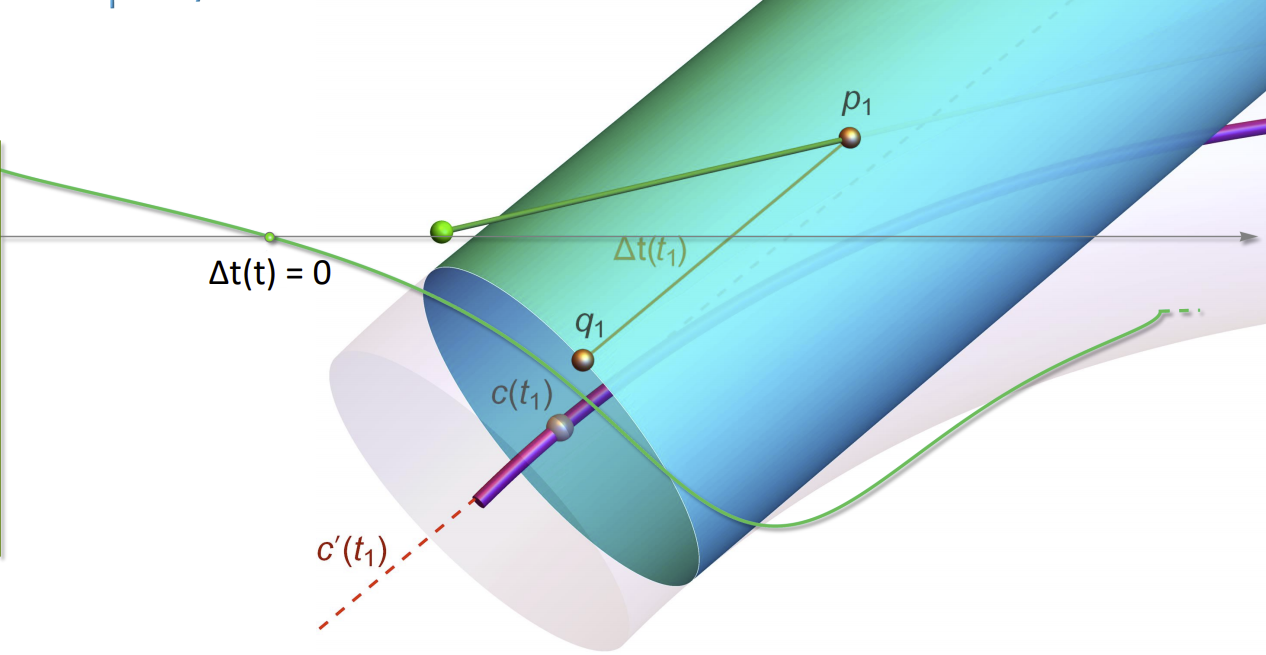
|
Phantom Ray-Hair Intersector.
Alexander Reshetov and David Luebke.
High Performance Graphics 2018, Vancouver, Canada (August 2018).
|

|
A Variable Shape and Variable Stiffness Controller for Haptic Virtual Interactions.
Benjamin C. Mac Murray, Bryan N. Peele, Patricia Xu, Josef Spjut, Omer Shapira, David Luebke, and Robert F. Shepherd.
2018 IEEE International Conference on Soft Robotics (RoboSoft), Livorno, Italy (April 2018).
|
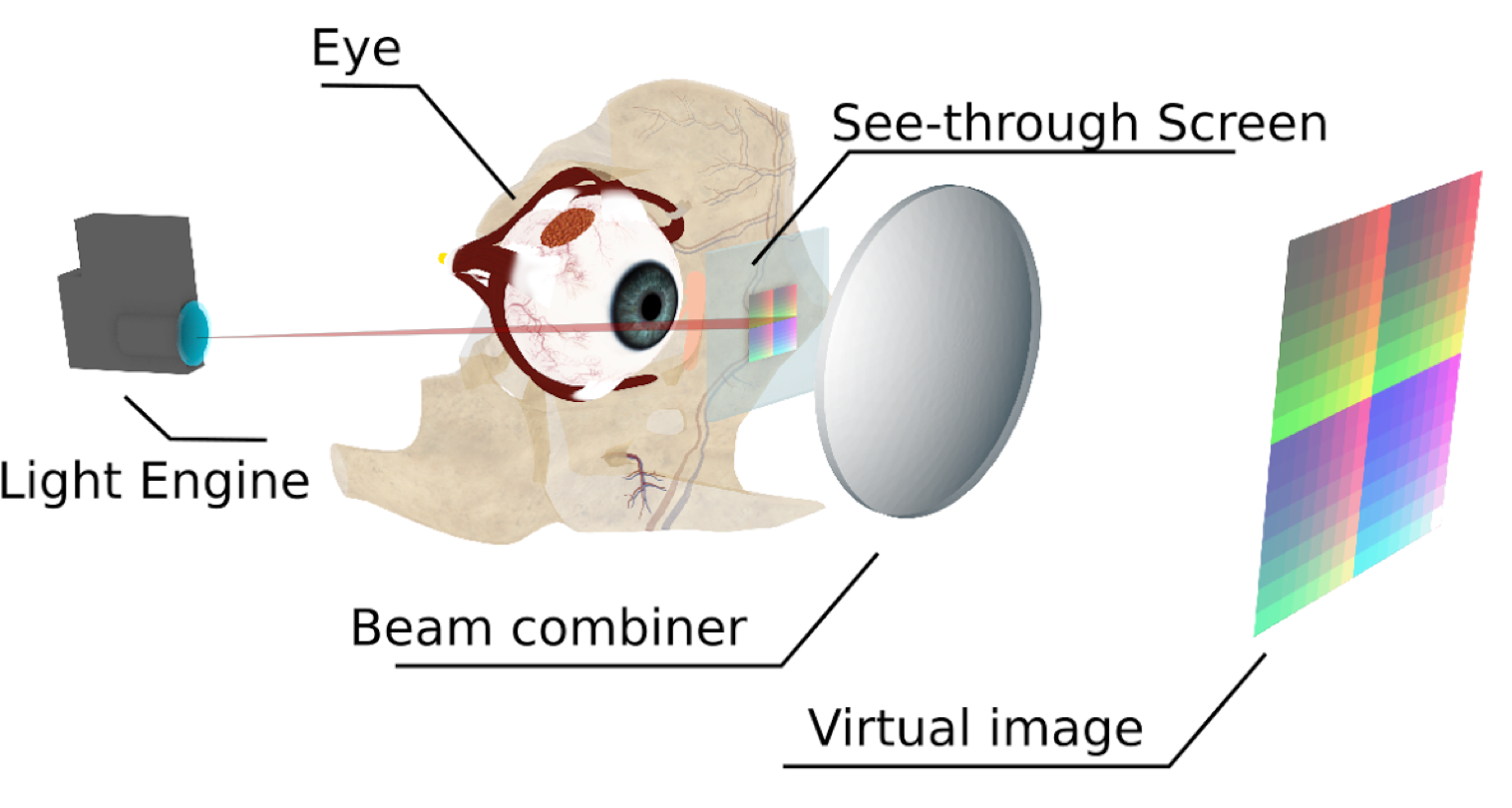
|
Near-Eye Varifocal Augmented Reality Display using See-Through Screens.
Kaan Aksit, Ward Lopes, Jonghyun Kim, Peter Shirley, and David Luebke.
ACM Transactions on Graphics (SIGGRAPH Asia 2017), Bangkok Thailand
(November 2017).
|
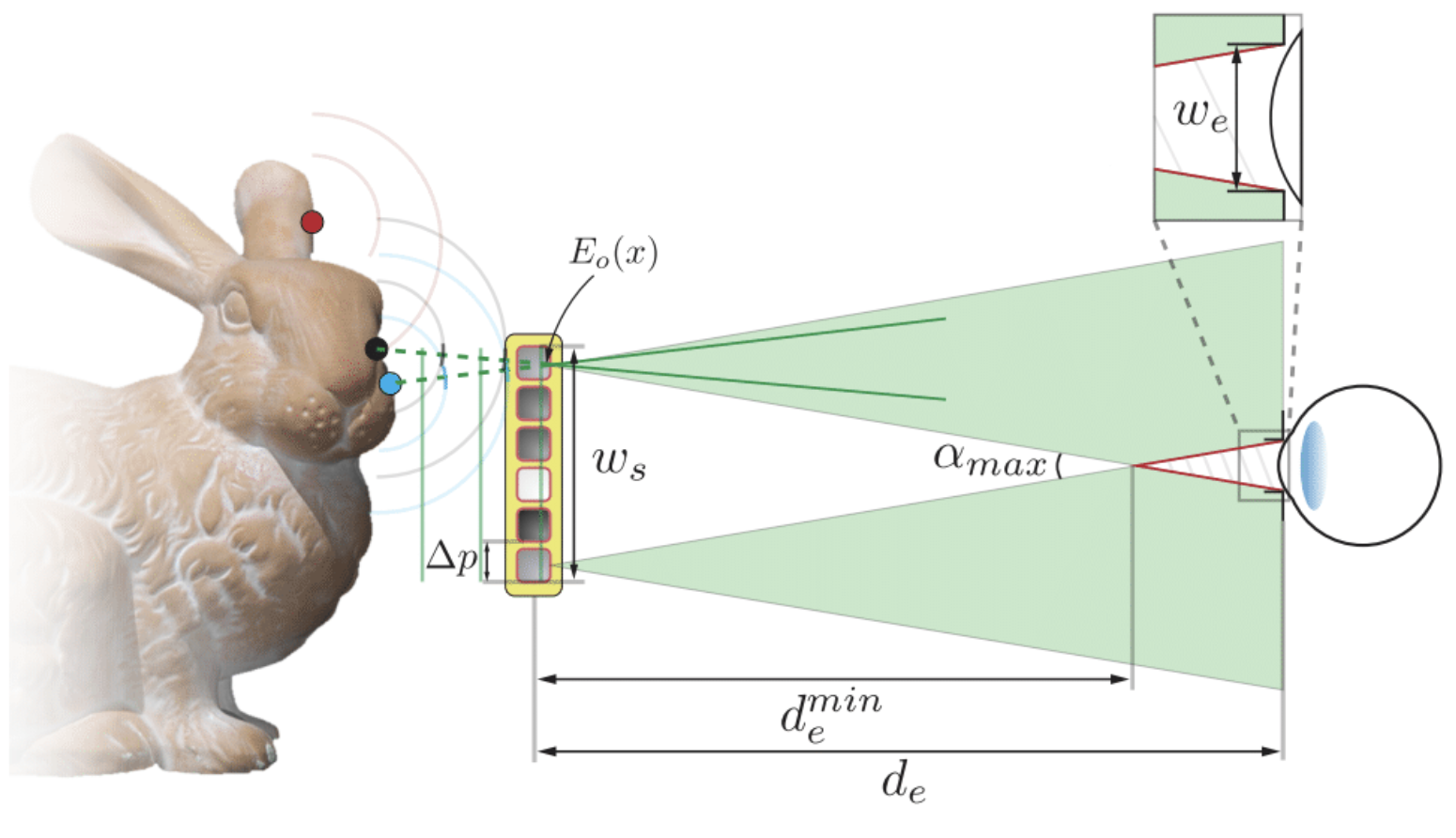
|
Near-eye Light Field Holographic Rendering with Spherical Waves for Wide Field of View
Interactive 3D Computer Graphics.
Liang Shi, Fu-Chung Huang, Ward Lopes, Wojciech Matusik, and David Luebke.
ACM Transactions on Graphics (SIGGRAPH Asia 2017), Bangkok Thailand
(November 2017).
|
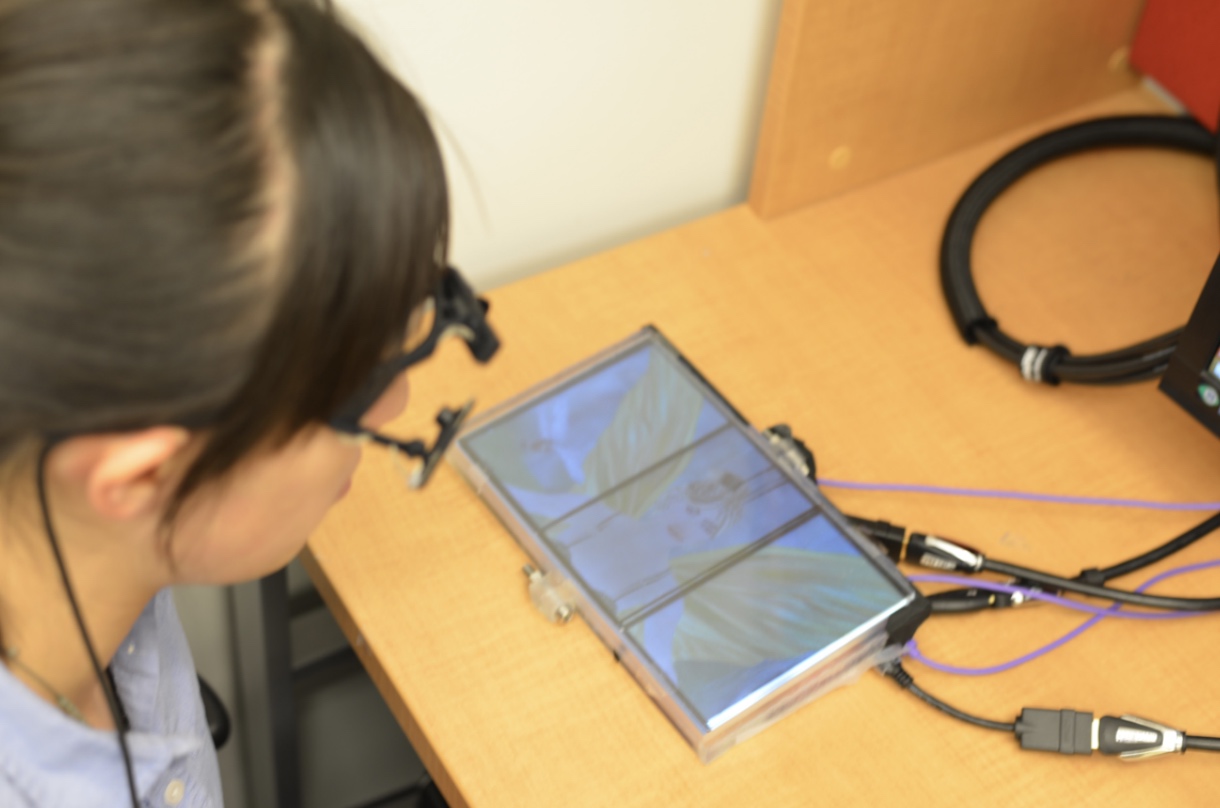
|
Perceptually-Guided Foveation for Light Field Displays.
Qi Sun, Fu-Chung Huang, Joohwan Kim, Li-Yi Wei, David Luebke, and Arie Kaufman.
ACM Transactions on Graphics (SIGGRAPH Asia 2017), Bangkok Thailand
(November 2017).
|
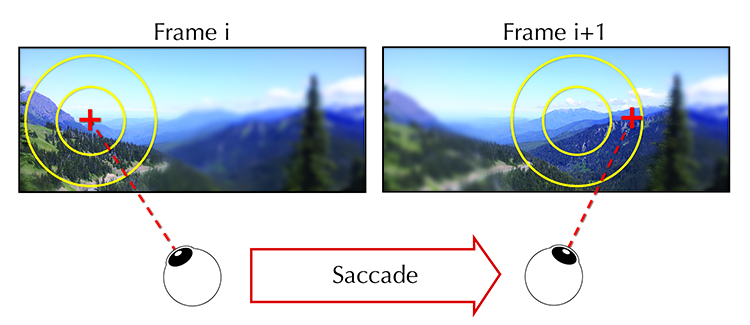
|
Latency Requirements for Foveated Rendering in Virtual Reality.
Rachel Albert, Joohwan Kim, Anjul Patney, and David Luebke.
Best Paper Award, SAP 2018!
ACM Transactions on Applied Perception (Special Issue SAP 2017), Vol. 14 No. 4 (September 2017).
|
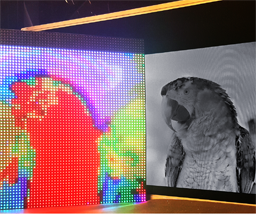
|
Mixed-primary Factorization for Dual-frame Computational Displays.
Fu-Chung Huang, Dawid Pajak, Jonghyun Kim, Jan Kautz, and David Luebke.
ACM Transactions on Graphics (SIGGRAPH 2017), Los Angeles, CA (2017).
|

|
Interactive Stable Ray Tracing.
Alessandro Dal Corso, Marco Salvi, Craig Kolb, Jeppe
Revall Frisvad, Aaron Lefohn, and David Luebke.
High Performance Graphics 2017, Los Angeles, CA
(2017). [videos]
|
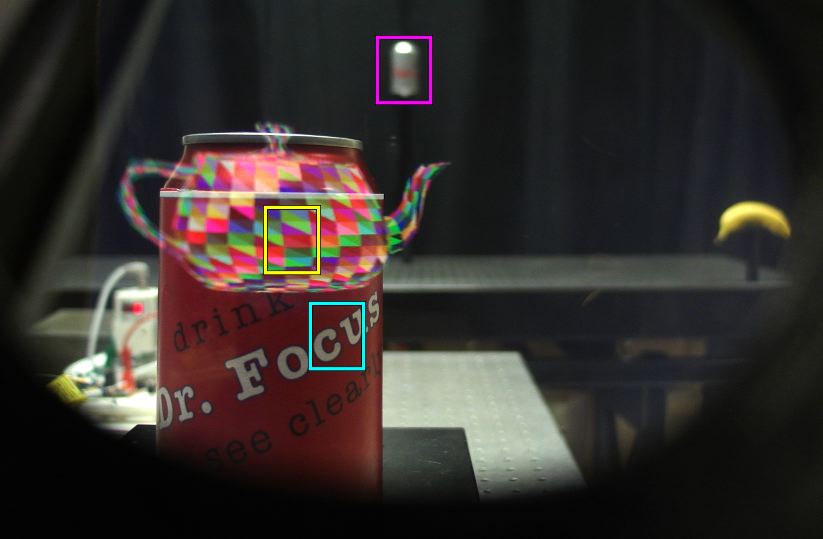
|
Wide field of view varifocal near-eye display using see-through deformable membrane mirrors.
David Dunn, Cary Tippets, Kent Torell, Petr Kellnhofer, Kaan Akşit, Piotr Didyk, Karol Myszkowski, David Luebke, and Henry Fuchs.
IEEE Transactions on Visualization and Computer Graphics (Selected Proceedings, IEEE Virtual Reality 2017), Los Angeles, CA (2017). IEEE VR 2017 Best Paper Award!
|
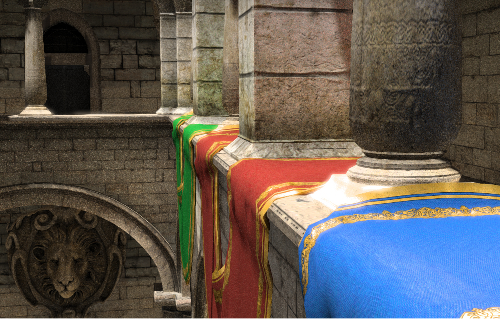
|
Real-time global illumination using precomputed light field probes.
Morgan McGuire, Michael Mara, Derek Nowrouzezahrai, and David Luebke.
ACM SIGGRAPH Symposium on Interactive 3D Graphics and Games (I3D 2017), San Francisco, CA.
|
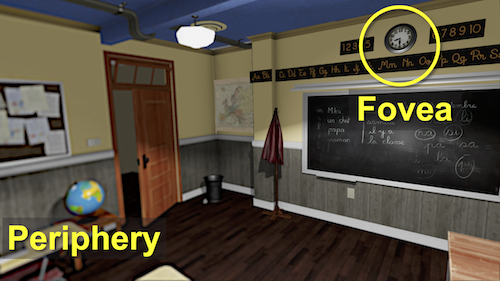
|
Towards foveated rendering for gaze-tracked virtual reality.
Anjul Patney, Marco Salvi, Joohwan Kim, Anton Kaplanyan, Chris Wyman, Nir Benty, David Luebke, and Aaron Lefohn.
ACM Transactions on Graphics (SIGGRAPH Asia 2016), Macao, China (December 2016). See also our Emerging Technologies Exhibit at SIGGRAPH 2016. |
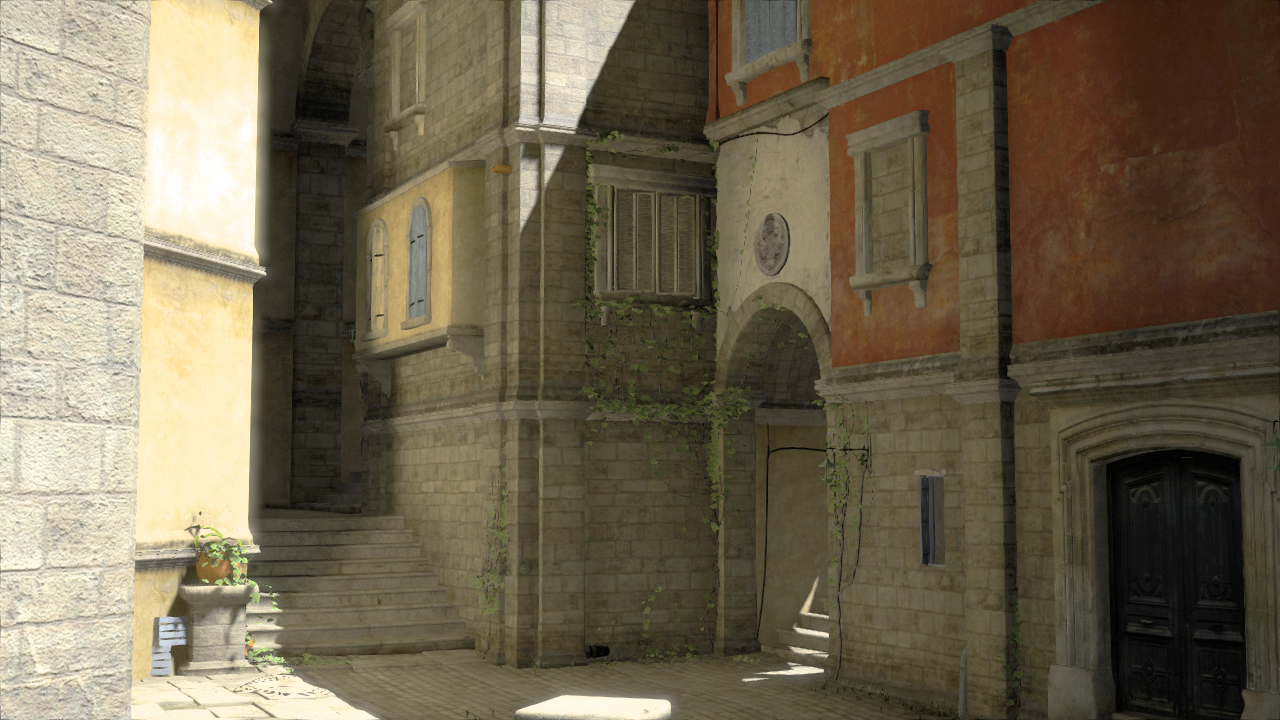
| Deep G-Buffers for Stable Global Illumination Approximation. Michael Mara, Morgan McGuire, Derek Nowrouzezahrai, and David Luebke. High Performance Graphics 2016, Dublin, Ireland (June 2016). |
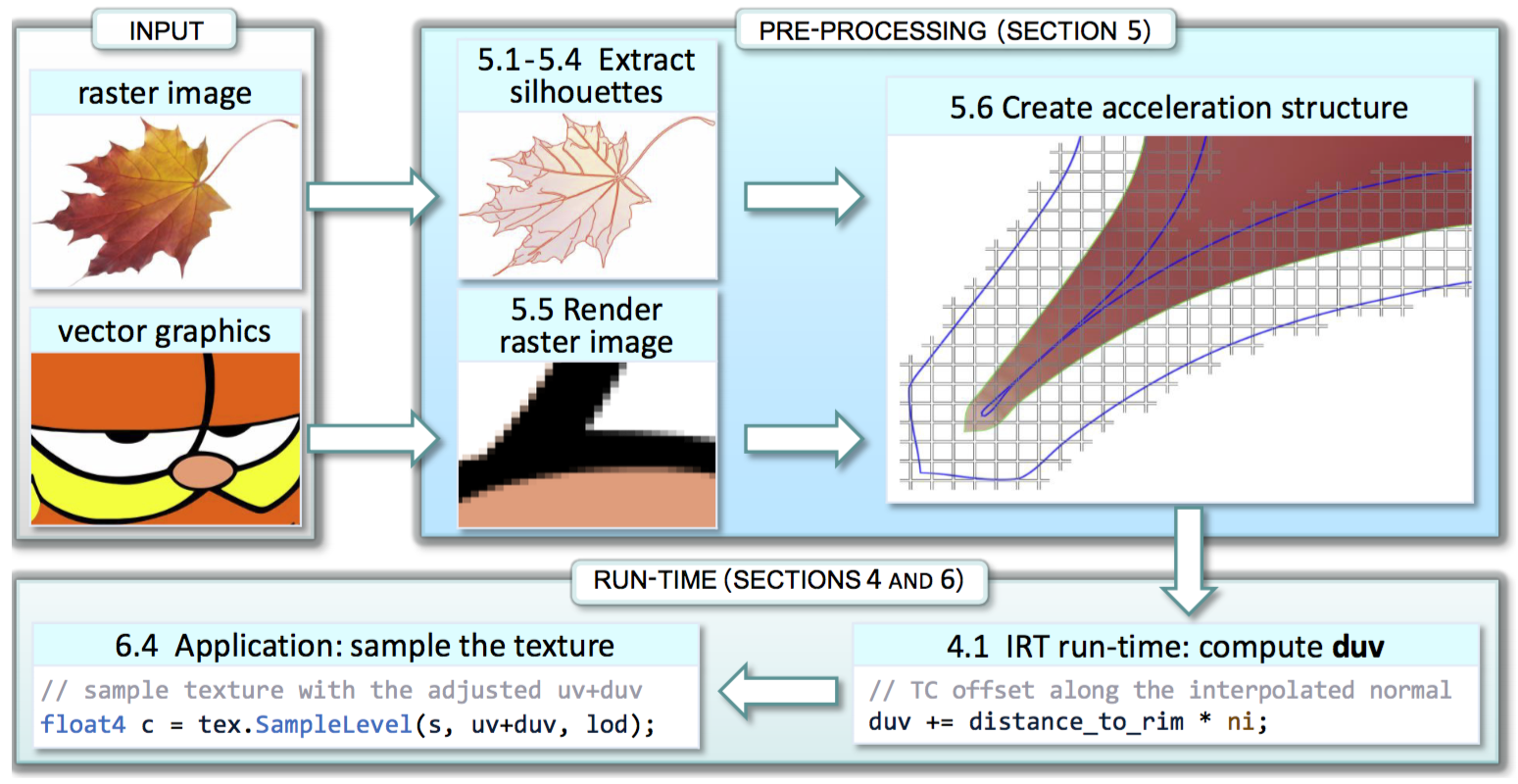
| Infinite Resolution Textures. Alexander Reshetov and David Luebke. High Performance Graphics 2016, Dublin, Ireland (June 2016). |
| Hybrid Modulation for Near Zero Display Latency. Trey Greer, Josef Spjut, David Luebke, Turner Whitted. Society for Information Display (SID 2016) 47:1 pp 76-78, San Francisco, CA (May 2016). | |
| CloudLight: A System for Amortizing Indirect Lighting in Real-Time Rendering . Cyril Crassin, David Luebke, Michael Mara, Morgan McGuire, Brent Oster, Peter Shirley, Peter-Pike Sloan, and Chris Wyman. Journal of Computer Graphics Techniques (JCGT) 4:4 (September-December 2015). | |
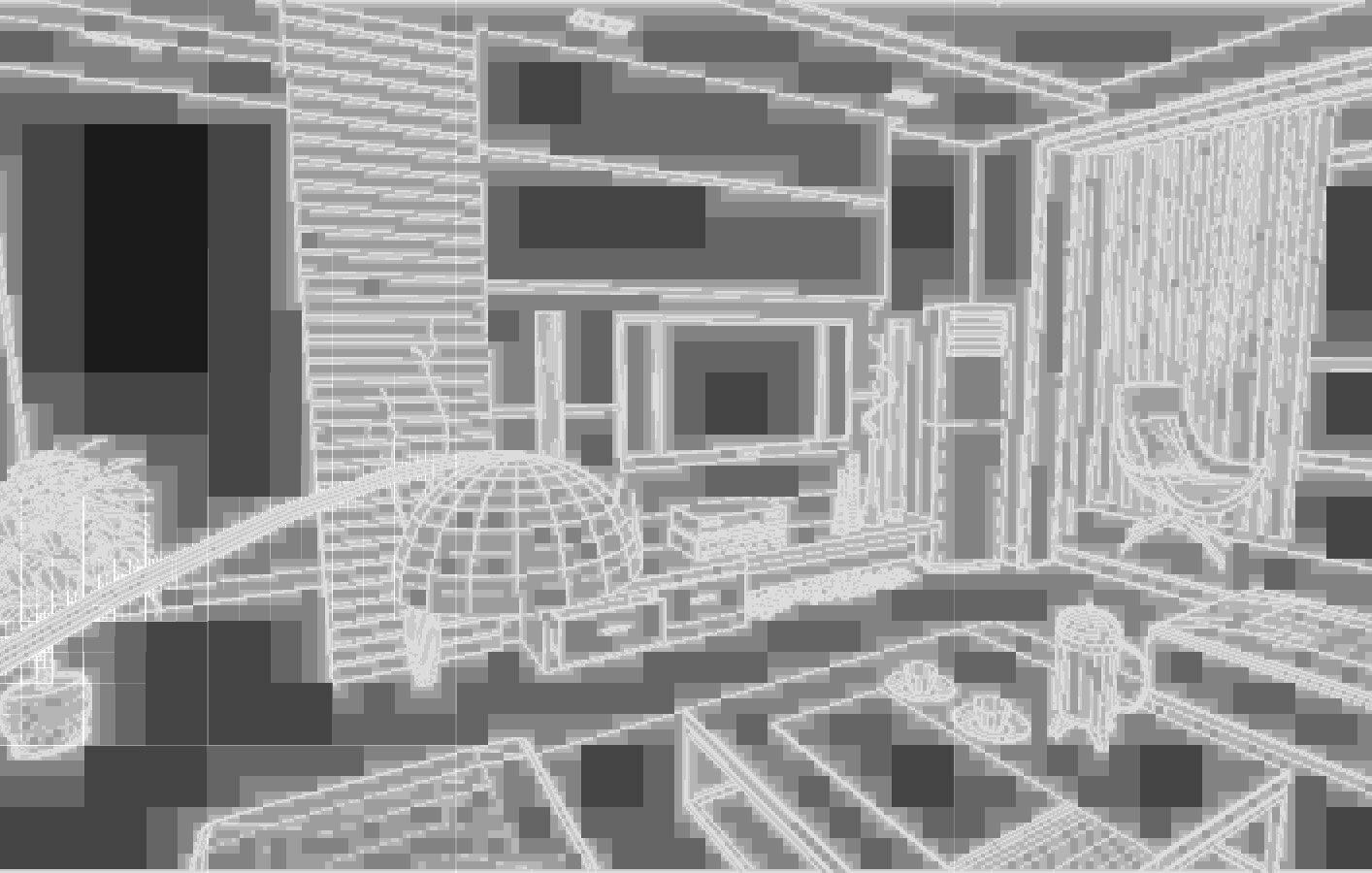
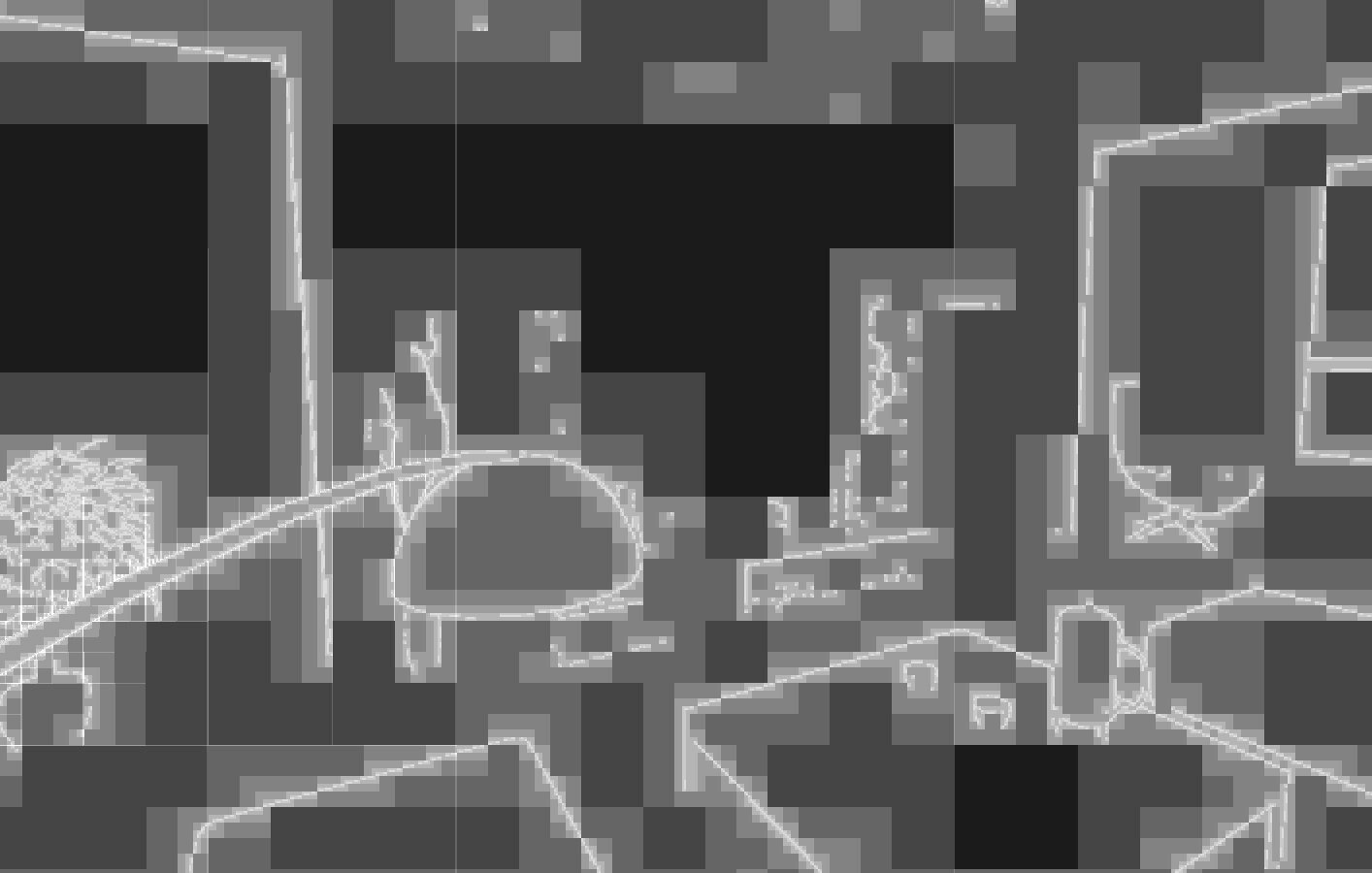 |
An Adaptive Acceleration Structure for Screen-space Ray Tracing . Jan Kautz, Sven Widmer, Dawid Pajak, Andre Schulz, Kari Pulli, Michael Goesele, and David Luebke. High Performance Graphics 2015, Los Angeles, CA (August 2015). |
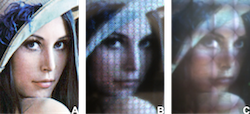  |
Slim Near-Eye Display Using Pinhole Aperture Arrays . Kaan Akşit, Jan Kautz, and David Luebke. Applied Optics, Vol. 54 No. 11 (April 10, 2015). |
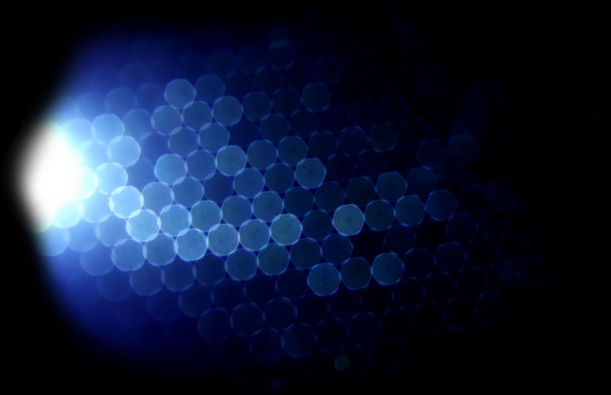 |
Pinlight Displays: Wide Field of View Augmented-Reality Eyeglasses using Defocused Point Light Sources . Andrew Maimone, Douglas Lanman, Kishore Rathinavel, Kurtis Keller, David Luebke, and Henry Fuchs. ACM Transactions on Graphics (SIGGRAPH 2014 Proceedings), Vancouver, Canada (August 2014). |
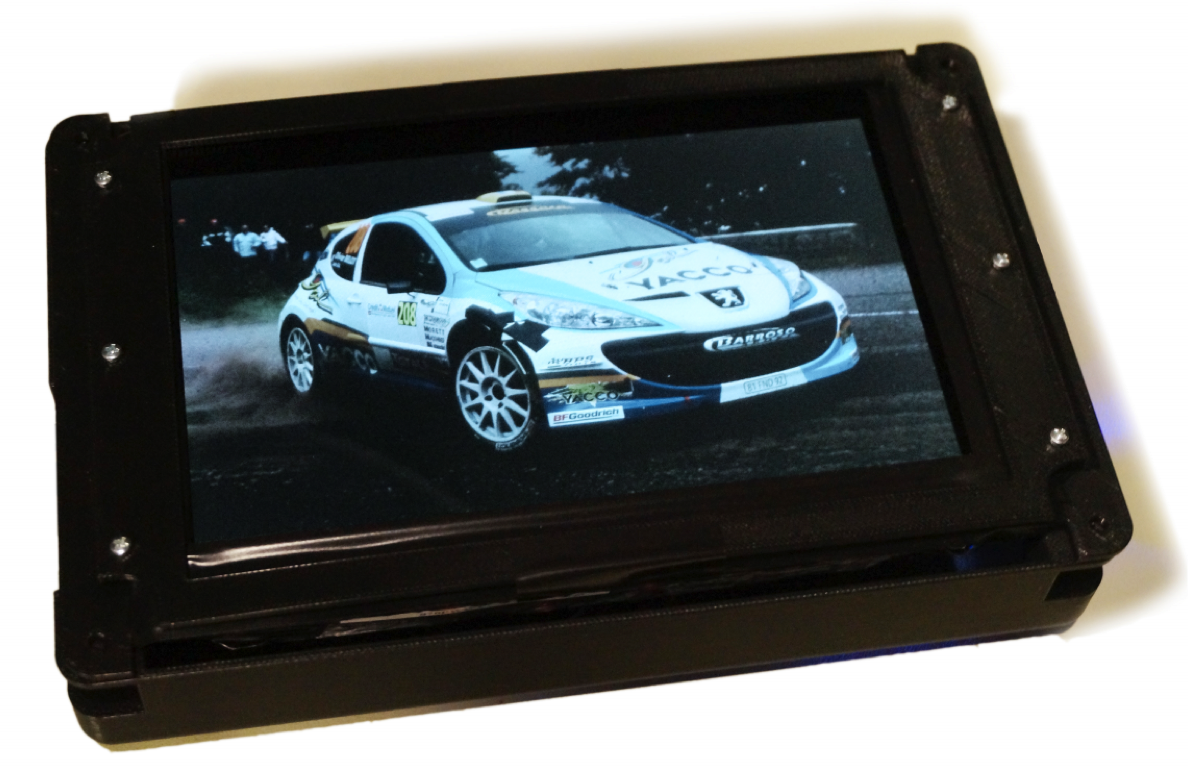 |
Cascaded Displays: Spatiotemporal Superresolution using Offset Pixel Layers. Felix Heide, Douglas Lanman, Dikpal Reddy, Jan Kautz, Kari Pulli, and David Luebke. ACM Transactions on Graphics (SIGGRAPH 2014 Proceedings), Vancouver, Canada (August 2014). |
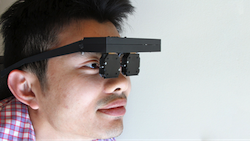 |
Near-Eye Light Field Displays.
Douglas Lanman, David Luebke.
ACM Transactions on Graphics (SIGGRAPH Asia 2013 Proceedings), Hong Kong (November 2013). See press and videos on our SIGGRAPH 2013 Emerging Technologies Exhibit! |
|
|
PixelPie: Maximal Poisson-disk Sampling with Rasterization. Cheuk Yiu Ip, M. Adil Yalçin, David Luebke, Amitabh Varshney. High Performance Graphics 2013, Anaheim, CA (November 2013). |
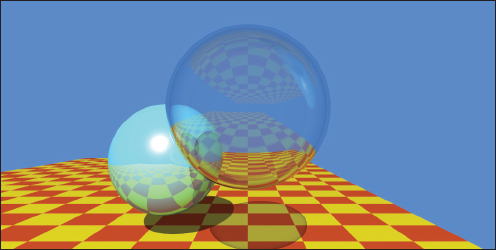 |
GPU Ray Tracing.
Steven Parker, Heiko Freidrich, David Luebke, Keith Morley, James Bigler, Jared Hoberock, David McAllister, Austin Robison, Andreas Dietrich, Greg Humphreys, Morgan McGuire, Martin Stich.
Communications of the ACM, Vol. 56 No. 5 (May 2013). CACM Research Highlights featured our SIGGRAPH 2010 OptiX paper as one of “the most important research results published in CS in recent years,” with a Technical Perspective by Matt Pharr. |
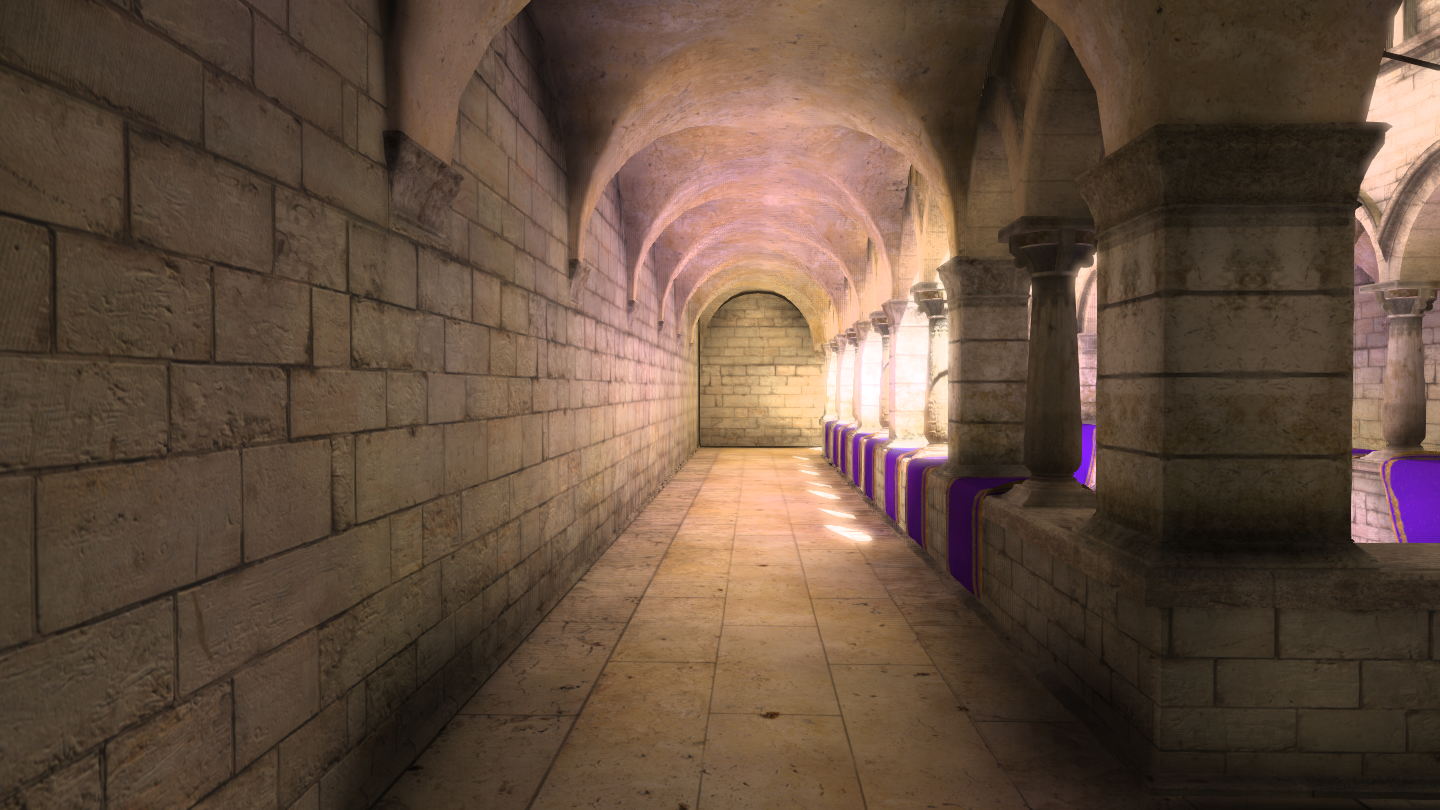
|
Toward Practical Real-Time Photon Mapping: Efficient GPU Density Estimation . Michael Mara, David Luebke, and Morgan McGuire. ACM Symposium on Interactive 3D Graphics and Games (I3D 2013 proceedings), Orlando, FL (March 2013) |
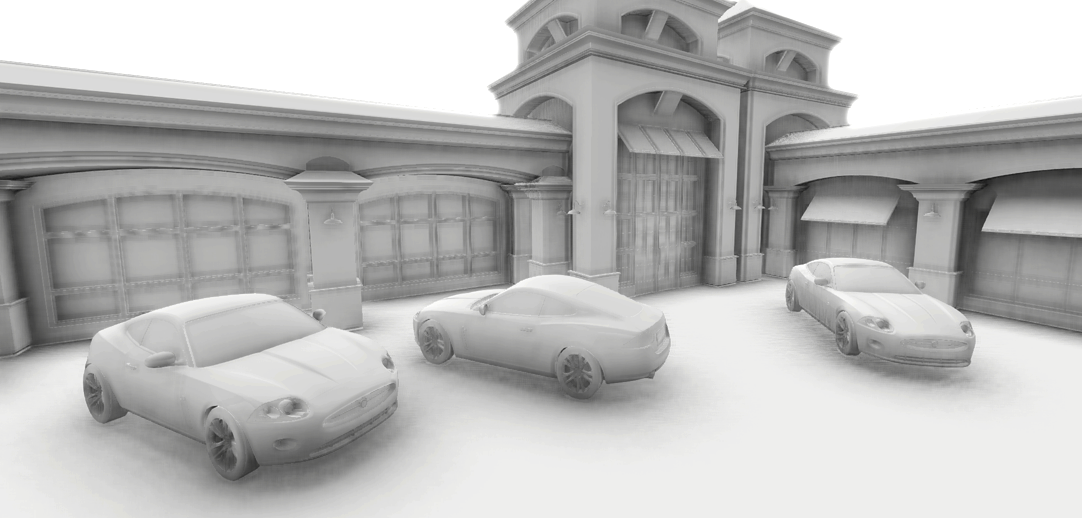 |
Scalable Ambient Obscurance. Morgan McGuire, Michael Mara, and David Luebke. High Performance Graphics 2012, Paris, France (June 2012) |
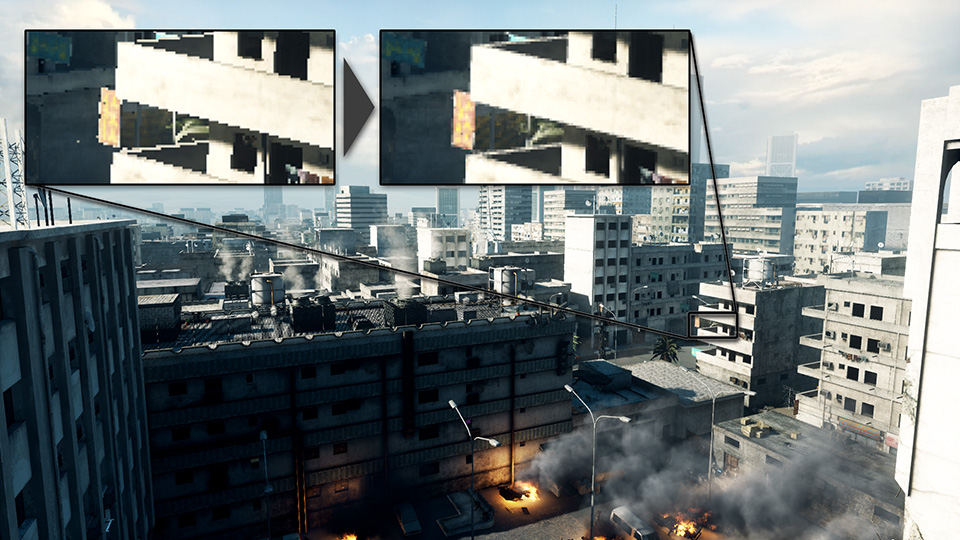 |
Subpixel Reconstruction Antialiasing. Matthäus G. Chajdas, Morgan McGuire, and David Luebke. ACM Symposium on Interactive 3D Graphics and Games (I3D 2011 proceedings), San Francisco, CA (February 2011) |
|
|
A Local Image Reconstruction Algorithm for Stochastic Rendering. Peter Shirley, Timo Aila, Jonathan Cohen, Eric Enderton, Samuli Laine, David Luebke, and Morgan McGuire. ACM Symposium on Interactive 3D Graphics and Games (I3D 2011 proceedings), San Francisco, CA (February 2011) |
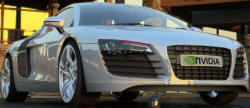 |
OptiX: A General Purpose Ray Tracing Engine. Steven G. Parker,
James Bigler, Andreas Dietrich, Heiko
Friedrich, Jared Hoberock, David Luebke,
David McAllister, Morgan McGuire, Keith Morley, Austin Robison, and
Martin Stich.
ACM
Transactions on Graphics (SIGGRAPH 2010 Proceedings), Los Angeles,
CA (August 2010). Downloads, code examples, and forums at the OptiX home page. |
 |
Optical Image Processing Using Light Modulation Displays. Gordon Wetzstein, Wolfgang Heidrich, and David Luebke. Computer Graphics Forum, Vol. 29 No. 6 (2010). |
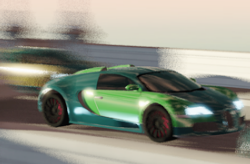 |
Real-Time Stochastic Rasterization on Conventional GPU Architectures. Morgan McGuire, Eric Enderton, Peter Shirley, and David Luebke. High Performance Graphics 2010, Saarbruecken Germany (June 2010). |
 |
HLBVH: Hierarchical LBVH Construction for Real-Time Ray Tracing. Jacopo Pantaleon and David Luebke. High Performance Graphics 2010, Saarbruecken Germany (June 2010). |
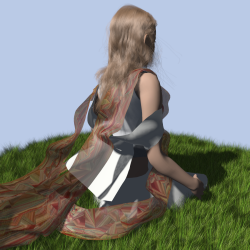 |
Stochastic Transparency. Eric Enderton, Erik Sintorn, Peter Shirley,
and David Luebke. The 2010 ACM SIGGRAPH Symposium on Interactive 3D
Graphics and Games (I3D 2010), Washington, DC (February 2010).
Best Paper Award, I3D 2010 [slides] |
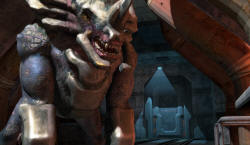 |
Hardware-accelerated global illumination by image space photon mapping. Morgan McGuire and David Luebke. High Performance Graphics 2009, New Orleans, LA (August 2009). |
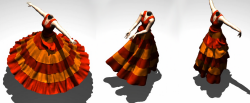 |
Fast BVH construction on
GPUs. Christian Lauterbach, Michael Garland, Shubho Sengupta, David
Luebke, and Dinesh Manocha. Eurographics 2009, Munich, Germany (March
2009).
[video] |
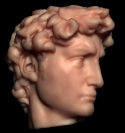
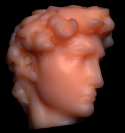
|
Real-time
Editing and Relighting of Homogeneous Translucent
Materials. Rui Wang, Ewen Cheslack-Postava, Rui Wang, David Luebke,
Qianyong Chen, Wei Hua, Qunsheng Peng, Hujun Bao. Computer Graphics
International 2008, published as The Visual Computer 24 (7-9),
pp. 565-575 (June 2008).
[video] |
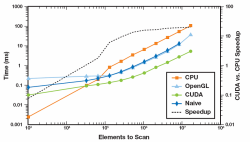 |
GPU Computing. John D. Owens, Mike Houston, David Luebke, Simon Green, John E. Stone, and James C. Phillips. Proceedings of the IEEE, 96(5):879–899, May 2008. |
|
|
Advanced Techniques for Realistic Real-Time
Skin Rendering. Eugene d'Eon
and David Luebke. GPU Gems 3, Addison-Wesley. Special thanks to actor Doug Jones for allowing us to use his likeness. |
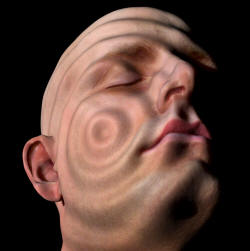 |
Efficient
Rendering of Human Skin. Eugene d'Eon, David Luebke, and Eric
Enderton. Eurographics Symposium on Rendering 2007, Grenoble, France
(June 2007).
Also available: The video excerpt of our SIGGRAPH 2007 Electronic Theater piece demonstrating the technique [WMV format, 20 MB]. |
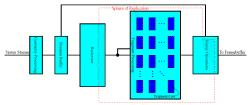 |
A Hardware Redundancy and Recovery Mechanism for Reliable Scientific Computation on Graphics Processors. Jeremy Sheaffer, David Luebke, and Kevin Skadron. Graphics Hardware 2007, San Diego CA (August 2007). |
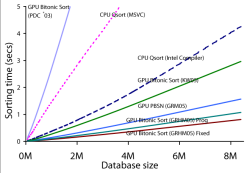 |
A Survey of General-Purpose Computation on Graphics Hardware. John
D. Owens, David Luebke, Naga Govindaraju, Mark Harris, Jens Krüger,
Aaron E. Lefohn, and Tim Purcell. Computer Graphics Forum,
26(1):80-113 (March 2007). The CGF article updates and extends our previous STAR: A Survey of General-Purpose Computation on Graphics Hardware. John D. Owens, David Luebke, Naga Govindaraju, Mark Harris, Jens Krüger, Aaron E. Lefohn, and Tim Purcell, Eurographics 2005 State of the Art Report (STAR), Dublin, Ireland (August 2005). |
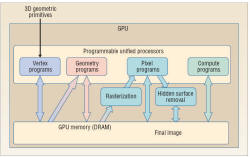 |
How GPUs Work. David Luebke and Greg Humphreys, IEEE Computer, Vol. 40 No. 2, pp 96-100, February 2007. |

 |
The Visual Vulnerability Spectrum: Characterizing Architectural Vulnerability for Graphics Hardware. Jeremy Sheaffer, David Luebke, and Kevin Skadron. Proceedings of Graphics Hardware 2006, Vienna, Austria (September 2006). |
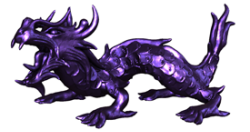 |
Effiicent Wavelet Rotation for Environment Map Rendering. Rui Wang, Ren Ng, David Luebke, and Greg Humphreys. Proceedings of the 2006 Eurographics Symposium on Rendering, Nicosia, Cyprus (June 2006; published as Rendering Techniques 2006, Ed. Wolfgang Heidrich and Tomas Akenine-Moller, Springer-Verlag, Vienna). |
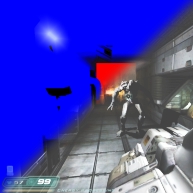 |
Applications of Small-Scale Reconfigurability to
Graphics Processors.
Kevin Dale, Jeremy Sheaffer, Vinu Vijay Kumar, David Luebke, Greg
Humphreys, and Kevin Skadron. International Workshop on Applied
Reconfigurable Computing (ARC2006) (March 2006).
Selected as one of 10 best workshop papers to be extended for a special edition of the International Journal of Electronics. Small-Scale Reconfigurability for Improved Performance and Double Precision in Graphics Hardware. Kevin Dale, Jeremy Sheaffer, Vinu Vijay Kumar, David Luebke, Greg Humphreys, and Kevin Skadron. International Journal of Electronics (to appear). |
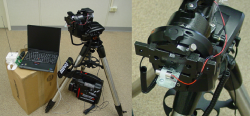 |
A High-Accuracy, Low-Cost Localization System for Wireless Sensor Networks. Radu Stoleru, Tian He, John A. Stankovic, and David Luebke. ACM SenSys 2005 (November 2005). |

 |
All-Frequency Relighting of Glossy Objects. Rui Wang, John Tran, and David Luebke. ACM Transactions on Graphics 25(2) (April 2006). |
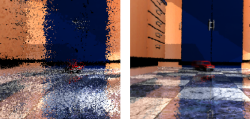 |
The Ultimate Display: Where Will All The Pixels Come From? Ben Watson and David Luebke, IEEE Computer 38(8) (August 2005). |
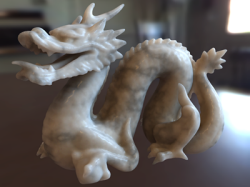 |
All-Frequency Interactive
Relighting of Translucent Objects
with Single and Multiple Scattering. Rui Wang, John Tran, and David
Luebke, ACM Transactions on Graphics 24(3) (SIGGRAPH 2005), Los
Angeles, CA (August 2005). Also available: a very large Quicktime video [242 MB] and a highly compressed version [31 MB]. |
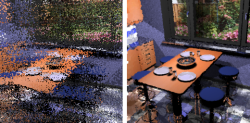 |
Adaptive Frameless
Rendering. Abhinav Dayal, Cliff Woolley, Ben Watson, and David
Luebke, Proceedings of the 2005 Eurographics Symposium on Rendering,
Konstanz, Germany (June 2005; published as Rendering
Techniques 2005, Ed. Kavita Bala and Philip Dutre, Springer-Verlag,
Vienna). Also available:
Quicktime movie [232
MB], MPEG-4 version
[31 MB]. |
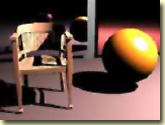
|
A GPU-Accelerated Render Cache. Tenghui Zhu, Rui Wang and David Luebke. Pacific Graphics 2005 (short paper), Macao, China (October 2005). |
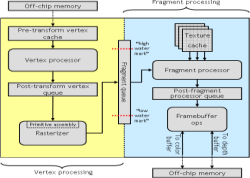 |
Studying
Thermal Management for Graphics-Processor
Architectures. Jeremy Sheaffer, Kevin Skadron, and David Luebke,
Proceedings of the 2005 IEEE International Symposium on Performance
Analysis of Systems and Software (ISPASS 2005), Austin, TX (March
2005).
See also Qsilver, the public-domain graphics architecture simulator used in the paper. |
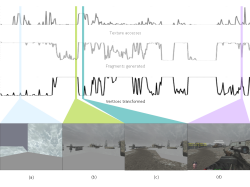 |
A
Flexible Simulation Framework for Graphics Architectures. Jeremy W.
Sheaffer, David Luebke, and Kevin Skadron, Proceedings of Graphics Hardware 2004,
Grenoble, France (August 2004). Also available: an accompanying video (38 MB) and Qsilver, the public-domain graphics architecture simulator described in the paper. |
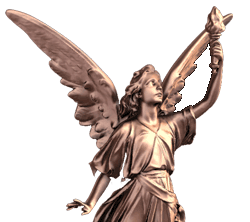 |
All-Frequency Relighting of Non-Diffuse Objects Using Separable BRDF Approximation. Rui Wang, John Tran, and David Luebke, Proceedings of the 2004 Eurographics Symposium on Rendering (June 2004, Sweden; published as Rendering Techniques 2004, Ed. Henrik Wann Jensen and Alexander Keller, Springer-Verlag, Vienna). |
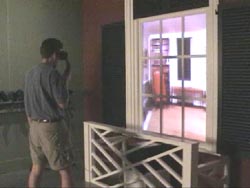 |
Monticello Through the Window. Nathaniel Williams, Chad Hantak,
Kok-Lim Low, John Thomas, Kurtis Keller, Lars Nyland, David Luebke, and
Anselmo Lastra, Proceedings of the 4th International Symposium on
Virtual Reality, Archaeology and Intelligent Cultural Heritage (VAST 2003),
Brighton, UK (November 2003). Also available: videos of the "Virtual Monticello" and "Jefferson's Cabinet" exhibits. |
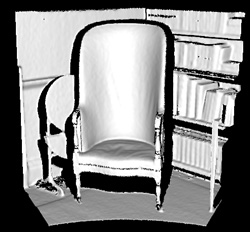 |
Efficient Reconstruction of Indoor Scenes with Color . Rui Wang and David Luebke, Proceedings of the 4th International Conference on 3-D Digital Imaging and Modeling (3DIM 2003), Banff, Canada (October 2003). |
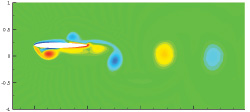 |
A Multigrid Solver for Boundary Value Problems Using Programmable Graphics Hardware. Nolan Goodnight, Cliff Woolley, Greg Lewin, David Luebke, and Greg Humphreys, Proceedings of Graphics Hardware 2003, San Diego, CA (July 2003) |
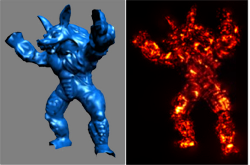 |
Perceptually Guided Simplification of Lit, Textured Meshes. Nathaniel Williams, David Luebke, Jonathan Cohen, Mike Kelley, and Brenden Schubert, Proceedings of the 2003 ACM SIGGRAPH Symposium on Interactive 3D Graphics, Monterey, CA (April 2003). |
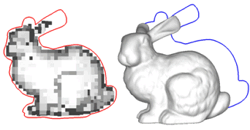 |
Interruptible Rendering. Cliff Woolley, David Luebke, Benjamin Watson, and Abhinav Dayal, Proceedings of the 2003 ACM SIGGRAPH Symposium on Interactive 3D Graphics, Monterey, CA (April 2003). |
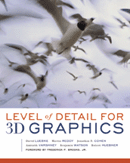
|
Book:
Level of Detail for 3D Graphics.
David Luebke, Martin Reddy, Jonathan Cohen, Amitabh Varshney,
Benjamin Watson, and Robert Huebner.
Morgan-Kaufmann Publishers, San Francisco (July 2002). New! Kindle version now available. Visit the accompanying web site for tools, links, errata, and more. |
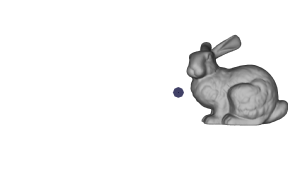 |
Perceptually Driven Simplification for Interactive Rendering. David Luebke and Ben Hallen, Proceedings of the 2001 Eurographics Workshop onRendering (June 2001, London; published as Rendering Techniques 2001, Ed. Steven Gortler and Karol Myszkowski, Springer-Verlag, Vienna). |
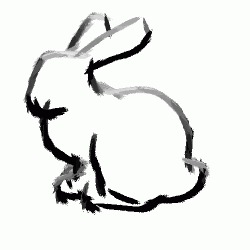 |
View-Dependent Particles for Interactive Non-Photorealistic Rendering.
Derek Cornish, Andrea Rowan, and David Luebke, Proceedings of Graphics Interface 2001
(June 2001).
Also available: a video screen capture, in DIVX format, of the NPR system in action (29 MB). |
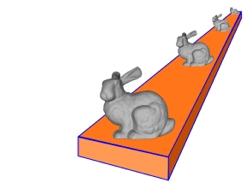 |
A Developer’s Survey of Polygonal Simplification Algorithms. David Luebke, IEEE Computer Graphics &Applications (May 2001). |
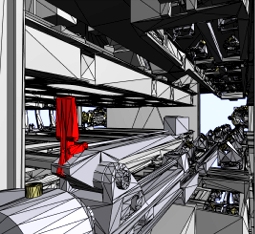 |
View-Dependent Simplification of Arbitrary Polygonal Environments. David Luebke and Carl Erikson, Proceedings of SIGGRAPH 97, ACM Press, NY (August 1997). |
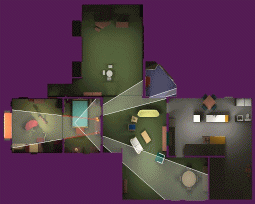 |
Portals and Mirrors:
Simple, Fast Evaluation of Potentially Visible Sets, David P. Luebke
and Chris Georges, Proceedings of the 1995 Symposium on Interactive 3D
Graphics, ACM Press, NY (April, 1995). [postscript,
html]. Note: see the pfPortals library. Winner, I3D Test of Time Award - awarded to the paper from the first five years of the Symposium judged to have had the most lasting impact. |

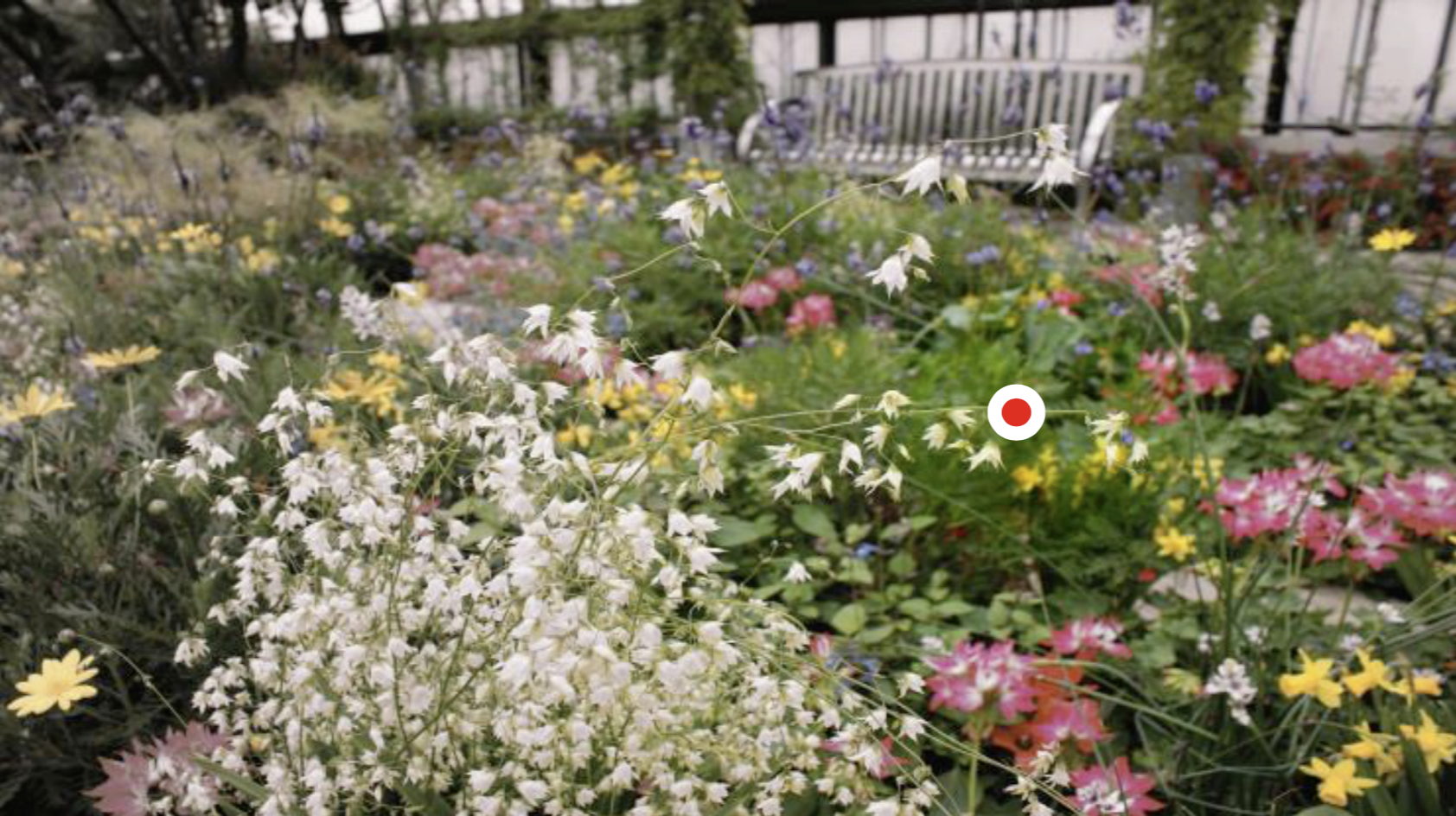
|
Developing a peripheral color tolerance model for gaze-contingent rendering. [PDF]
Lili Zhang, Rachel Albert, Joohwan Kim, and David Luebke.
Journal of Vision, Vol. 19 No. 10, p 298c (VSS 2019 Poster Abstract, September 2019)
|

|
Exploring the effects of gaze-contingent rendering on reading performance.
Angelica Godinez, Rachel Albert, and David Luebke.
Journal of Vision, Vol. 19 No. 10, p 298c (VSS 2019 Poster Abstract, September 2019) [Note: our SAP paper extends this work and improves the analysis] |
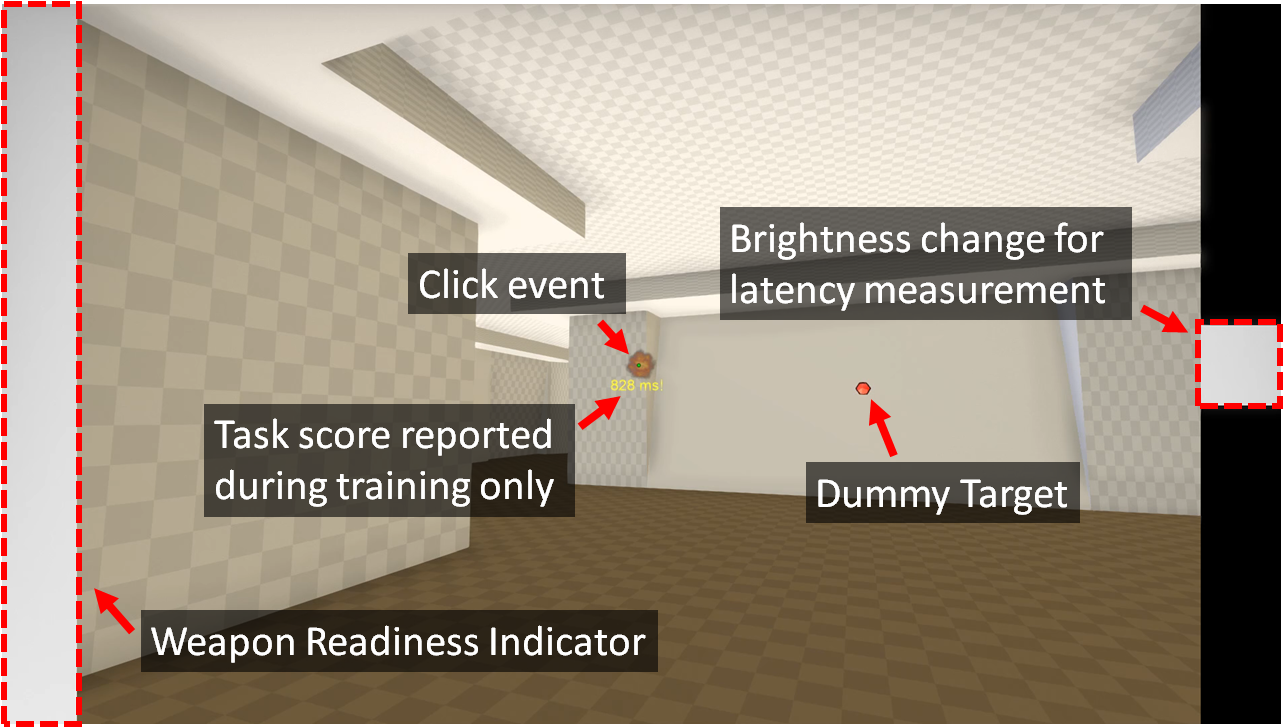 |
Latency of 30 ms Benefits First Person Targeting Tasks More Than Refresh Rate Above 60 Hz.
Josef Spjut, Ben Boudaoud, Kamran Binaee, Jonghyun Kim, Alexander Majercik, Morgan McGuire, David Luebke, and Joohwan Kim.
SIGGRAPH Asia 2019 Technical Brief, Brisbane, Australia (November 2019)
|
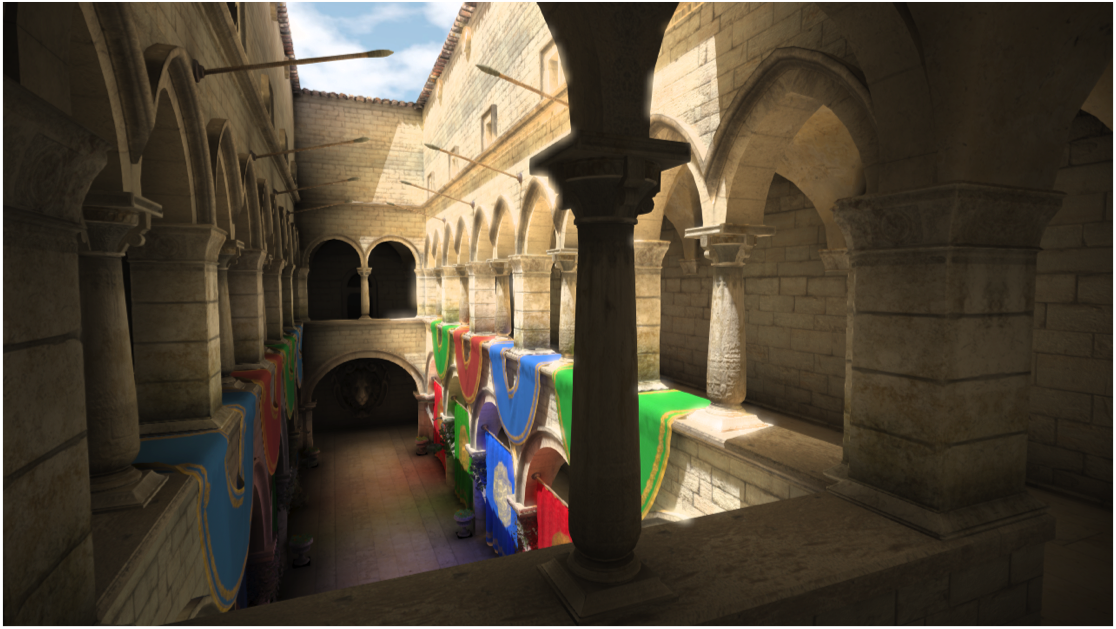 |
Interactive Indirect Lighting Computed in the Cloud
. Cyril Crassin, David Luebke, Michael Mara, Morgan McGuire, Brent Oster, Peter Shirley, Peter-Pike Sloan, and Chris Wyman.
SIGGRAPH 2013 Technical Talk, Los Angeles CA (July 2013)
|
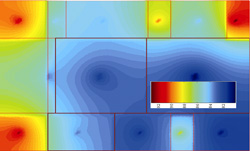 |
Temperature-Aware GPU Design. Jeremy Sheaffer, David Luebke,
Kevin Skadron, ACM SIGGRAPH 2004 Posters, Los Angeles, CA (2004).
Finalist, ACM Student Research Competition 2003 |
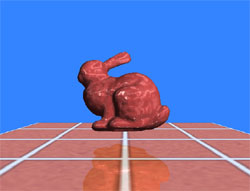 |
GLOD: A Geometric Level of Detail System at the OpenGL API Level.
Jonathan Cohen, Nathaniel Duca, David Luebke, Brenden Schubert,
IEEE Visualization 2003, Seattle, WA (2003). Best poster award, IEEE VIS 2003 Also available: a song lauding the merits of GLOD. See GLOD, a full-featured public-domain software toolkit for LOD control with a minimalist OpenGL-style API. |
|
|
GLOD: A
Driver-Level Interface for Geometric Level of Detail. Jonathan
Cohen, David Luebke, Nathaniel Duca, Brenden Schubert, SIGGRAPH 2003
Technical Sketch, San Diego, CA (2003). Also available: an earlier tech report with more detail. |
|
|
Interruptible Rendering. J. Cliff Woolley, David Luebke, and
Ben Watson, SIGGRAPH 2002 Technical Sketch, San Antonio, TX (2002).
Also available: a large (20 Mb) MPEG video for both 2002 sketches. |
|
|
Improving Frameless Rendering by Focusing on Change.
Abinav Dayal, Ben Watson, and David Luebke, SIGGRAPH 2002 Technical
Sketch, San Antonio, TX
(2002).
Also available: a large (20 Mb) MPEG video for both 2002 sketches. |
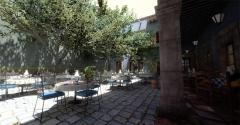 |
Fast Global Illumination Approximations on Deep G-Buffers. Michael Mara, Morgan McGuire, Derek Nowrouzezahrai, and David Luebke.
NVIDIA Research Technical Report NVR-2014-001. See also our earlier tech report on this approach. |
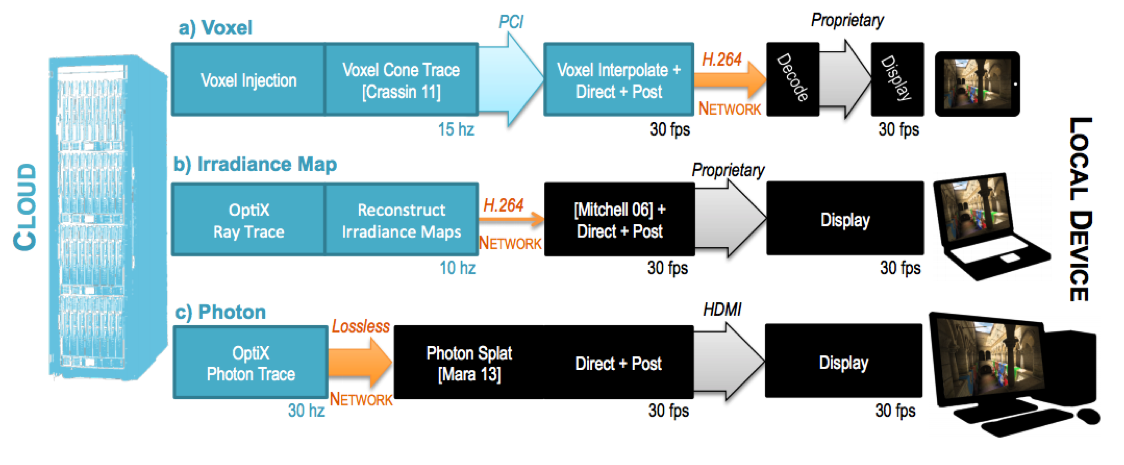 |
CloudLight: A system for amortizing indirect lighting in real-time rendering
. Cyril Crassin, David Luebke, Michael Mara, Morgan McGuire, Brent Oster, Peter Shirley, Peter-Pike Sloan, and Chris Wyman.
NVIDIA Research Technical Report NVR-2013-001.
|
 |
GLOD: A Minimal Interface for Geometric Level of Detail. Jon Cohen, David Luebke, Nat Duca, Brenden Schubert, and Chris Niski. Also available: an accompanying video. |
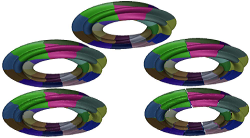 |
GLOD:
Level of Detail for the Masses. Jon Cohen, David Luebke, Nat Duca,
and Brenden Schubert. Johns Hopkins Computer Graphics Lab Technical
Report JHU-CS-GL03-4 (May 2003). This tech report has been largely superceded. See the above GLOD links for a more up-to-date introduction to GLOD. |
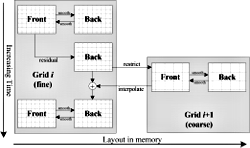
|
A Multigrid Solver for Boundary Value Problems Using Graphics Hardware. Nolan Goodnight, Gregory Lewin, David Luebke, and Kevin Skadron, University of Virginia Technical Report CS-2003-03 (January 2003). |
|
|
Perceptually
Driven Simplification of Lit, Textured Meshes.
David Luebke,
Jonathan D. Cohen, Nathaniel Williams, Mike Kelley, and Brenden
Schubert, University of Virginia Technical Report CS-2002-03
(2002).
Submitted to IEEE Visualization 2002. Also available: a very large (98 Mb) MPEG video. |
|
|
Perceptually Driven Interactive Rendering. Ben Hallen and David Luebke, University of Virginia Technical Report CS-2001-01 (2001). |

|
Perceptually Driven Simplification
Using Gaze-Directed Rendering. David Luebke, Ben Hallen,
Dale Newfield, and Benjamin Watson, University of Virginia Technical
Report CS-2000-04 (2000). A 22 MB illustrative video (you'll need the DIVX codec). |
|
|
Robust View-Dependent Simplification for Very Large-Scale CAD Visualization. David Luebke, University of Virginia Technical Report CS-99-33 (1999). |
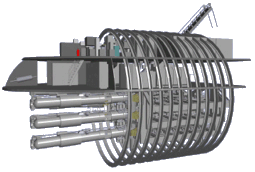 |
My dissertation: View-Dependent Simplification of Arbitrary Polygonal Environments. David Luebke. University of North Carolina Department of Computer Science Technical Report #TR98-029 (1998). Available in postscript (68 Mb) or PDF (19 Mb). The figures are slightly more clear in the postscript version.
|
Other technical reports:
|
|
As of April 2021, I have filed approximately 78 US patent applications (122 including international filings) since July 2006, of which 41 have issued:
US Patent 10,948,985 Retina space display stabilization and a foveated display for augmented realityIEEE VR Technical Achievement Award (2021), "for research and leadership at the intersection of rendering algorithms, display technology, and human perception."
Fellow of the IEEE (2016), "for contributions to GPU computing and computer graphics."
NVIDIA Distinguished Inventor (2008).
SIGGRAPH 2010 OptiX paper selected for CACM Research Highlights (2012).
Best Paper Award, ACM SIGGRAPH Symposium on Interactive 3D Graphics (2010)
Test of Time Award, ACM SIGGRAPH Symposium on Interactive 3D Graphics (2005)
National Science Foundation CAREER Award (2001-2006)
Department of Energy Early Career PI Award (2002-05)
UVA Teaching + Technology Initiative Fellowship (2001)
UVA University Teaching Fellowship (2000-01)
UVA ACM Undergraduate Teaching Award (1998-99)
Please see my CV for a complete list and explanations of my awards and honors.
General Chair:
Papers Chair:
Program Chair:
Please see my CV for a detailed list of my department, school, University, and community activities.
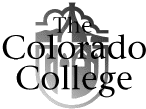 Chemistry at The Colorado College |
 Computer Science at The University of North Carolina |
 The Walkthrough Project |
 My CV |
|
Spring 2006:
Real-Time Rendering & Game Technology [S04]
[F02] Fall 2005: Introduction to Computer Science Spring 2005: Introduction to Computer Graphics [S03][S00][F99] Fall 2004: Computer Graphics for Film Production Spring 2003: Computer Science Seminar [S03] [S02] Spring 2003: Interactive Ray Tracing Spring 2002: Introduction to Algorithms [S00] Fall 2001: 3-D Animation and Special Effects Spring 2001: Advanced Computer Graphics [S99] Spring 2001: Modern Research in Computer Graphics [F98] |
Assistant Professor of Computer Science |
|
|
I would particularly like to thank the Stanford Computer Graphics Laboratory for the use of many of the 3D models on this page .